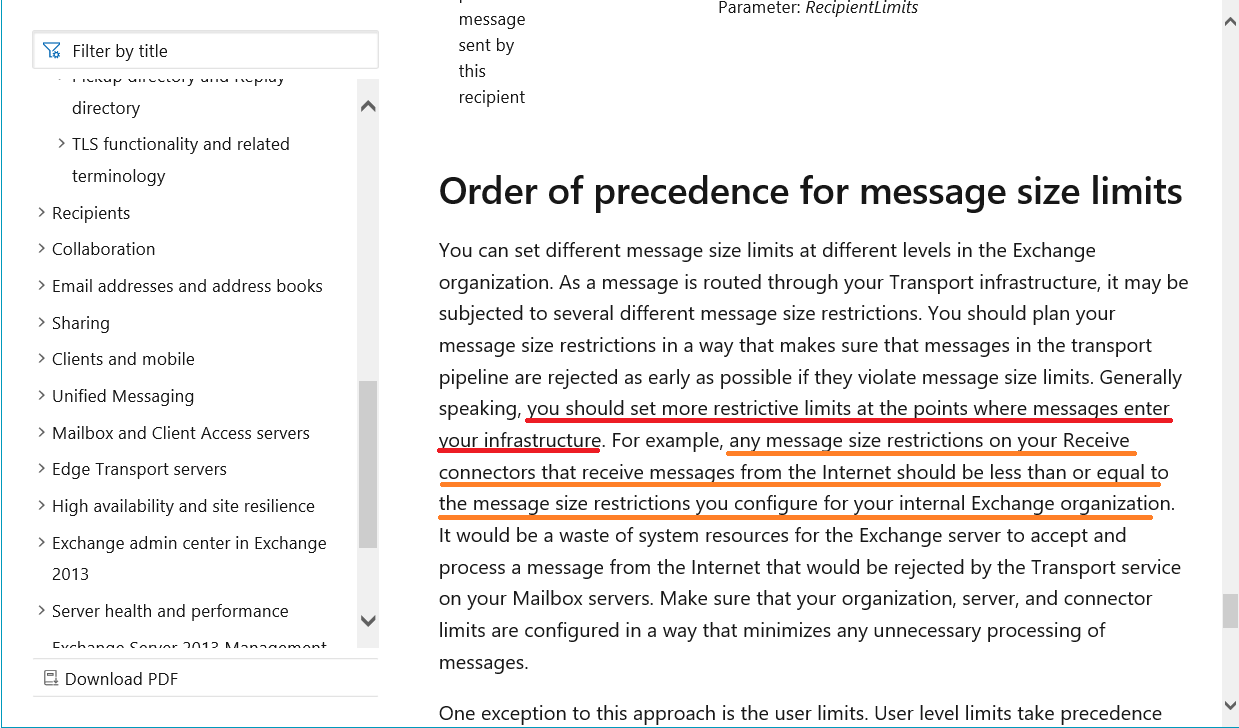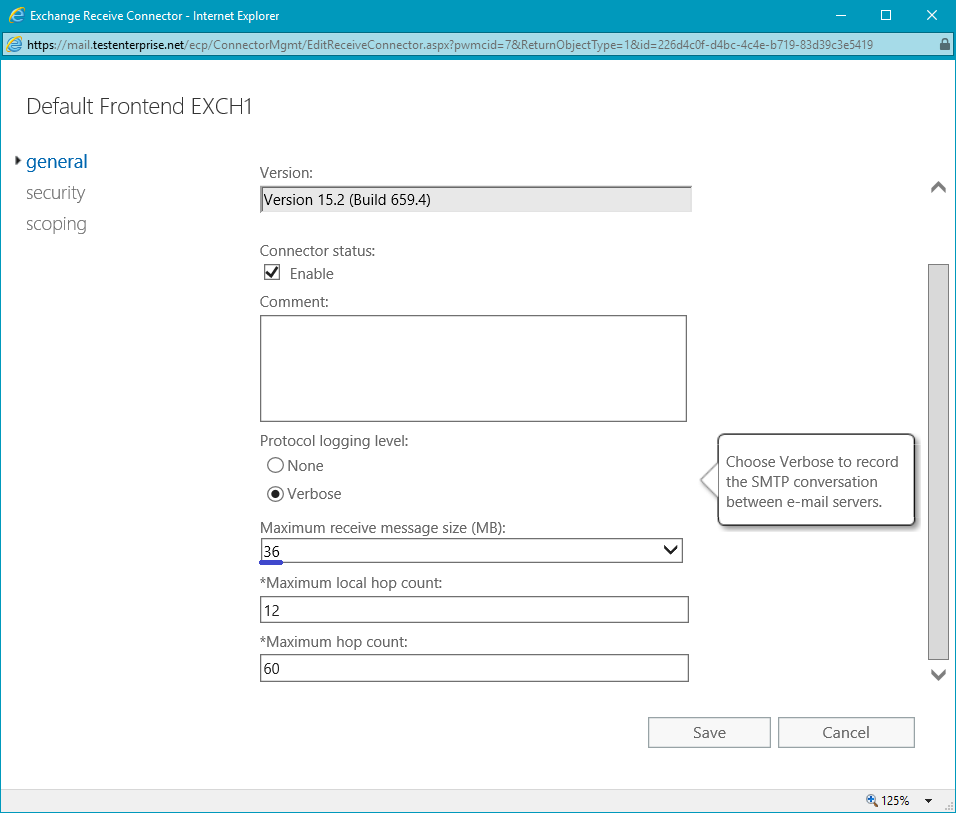Well the org level takes precedent over the connector setting for anonymous messages.,
So if you have a 10MB max send and receive org level setting, and a message from the internet arrives that is 15 MB, it will be dropped and the connector message size limit doesnt come into play. For that reason, the org limits must be the most restrictive and the max send and receive should always match.
More info:
https://learn.microsoft.com/en-us/exchange/mail-flow/message-size-limits?view=exchserver-2019#order-of-precedence-and-placement-of-message-size-limits
An exception to the order is message size limits on mailboxes and messages size limits in mail flow rules. Exchange checks the maximum message size that's allowed on mailboxes before mail flow rules process messages. For example, your organization's message size limit is 50 MB, you configure a 35 MB limit on a mailbox, and you configure a mail flow rule to find and reject messages larger than 40 MB. If an external sender sends a 45 MB message to the mailbox, the message is rejected before the mail flow rule is able to evaluate the message.
Recipient limits between authenticated senders and recipients (typically, internal message senders and recipients) are exempt from the organizational message size restrictions. Therefore, you can configure specific senders and recipients to exceed the default message size limits for your organization. For example, you can allow specific mailboxes to send and receive larger messages than the rest of the organization by configuring custom send and receive limits for those mailboxes.
However, this exemption applies only to messages sent between authenticated senders and recipients (typically, internal senders and recipients). For messages sent between anonymous senders and recipients (typically, Internet senders or Internet recipients), the organizational limits apply. For example, suppose your organizational message size limit is 10 MB, but you configured the users in your marketing department to send and receive messages up to 50 MB. These users will be able to exchange large messages with each other, but not with Internet senders and recipients (unauthenticated senders and recipients).




